Ragdolls and Ancient Ruins
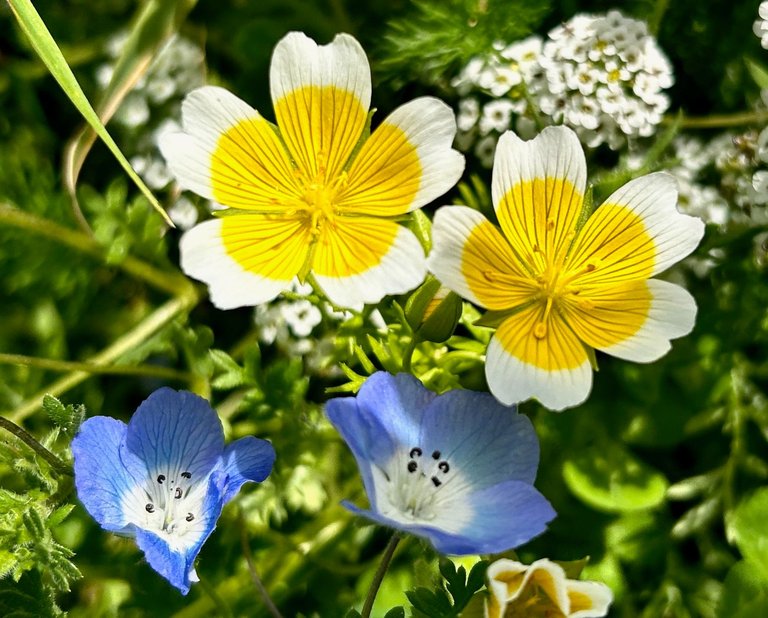
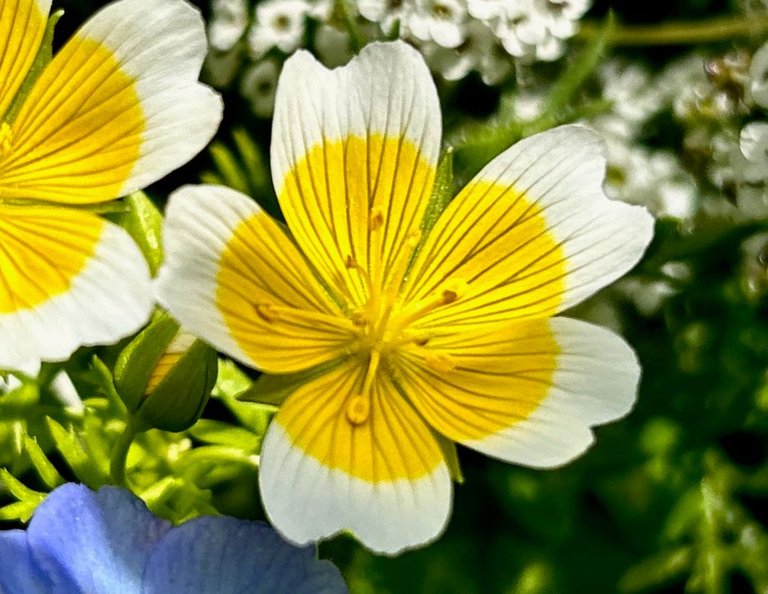
Mild autumn weather has returned to our little part of northern Alberta. Just before noon the skies cleared and the temperatures reached to an almost balmy 12 Celsius. Minime and I went for our habitual long walk around town and only needed a sweater to keep out the chill.
The fall colours persist for us. It is a golden world. These flower pics were not taken today. I did get quite few shots on our stroll but need to upload them to my computer and process. I took these shots back in June in Vancouver. They are from a small meadow of wild flowers someone had taken the care to plant on the meridian, just past Burrard Bridge. They are so pretty they definitely deserve to be seen and enjoyed again on HIVE, even if it months later.
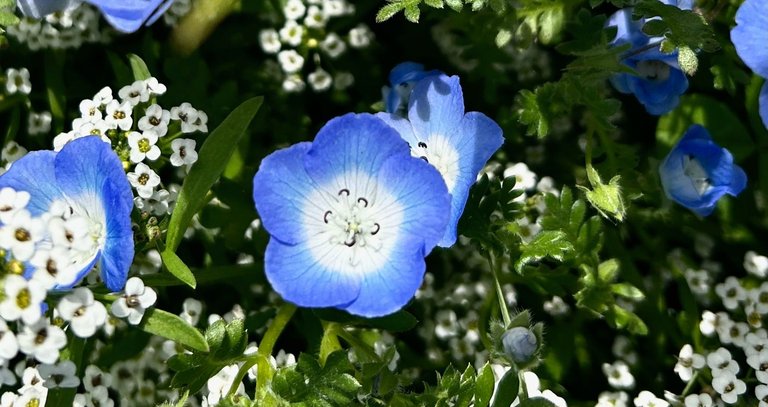
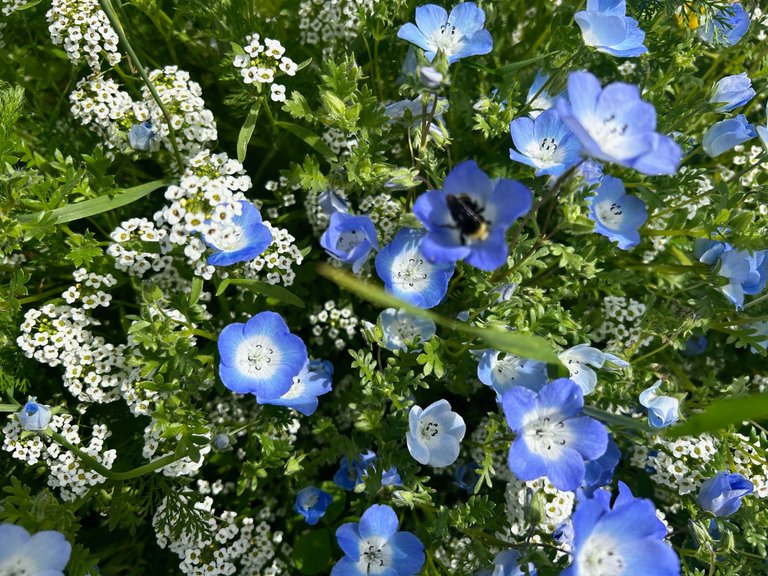
Minime and I are continuing to enjoy the sequel to the Nightmare Before Christmas, the Pumpkin Queen. I am sure most of you have seen the animated Christmas ... no Halloween ... no Christmas movie. Most of you probably several times. Come on ... fess time.
The Pumpkin Queen, a novel, takes up just after Jack, the pumpkin King and Sally, the rag doll of Dr. Finklestein's creation, have been married. Sally is feeling the royal pressure, and though she remains smitten with Jack, she does not want to change who she is, to trade warn stitches and tatters, for taffeta and raven feather tiaras..
Spoilers ahead. To escape the fawning attentions of the Halloween Town's grotesque citizenry, Sally flees into the woods, past the grove with all the holiday trees, Christmas, Thanksgiving, Easter, Valentines, and St. Patricks.. She finds a door painted purple and smelling of chamomile hidden under brambles. It has not been used for some time. She opens the door but her dog Zero, sensing something menacing, prevents her from entering. Or so it seems.
Sally returns to Halloween Town to find everyone, including her beloved Jack, has fallen into a deep sleep and will not be roused.
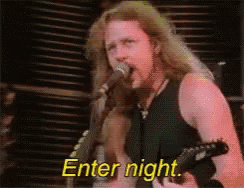
I wondered where they would go in the sequel and still keep it spooky and dark. The short sojourn to Valentines Town was whimsical, will play well if they do make another movie, but hardly in keeping with the fanciful macabre of Tim Burton original movie. Easter bunnies and jolly leprechauns would have been out of place among the skin peeling and bone jarring inhabitants of pumpkin land, but the Sandman seems just chilling enough without overly scaring younger readers. I am very much looking forward to the next chapter.
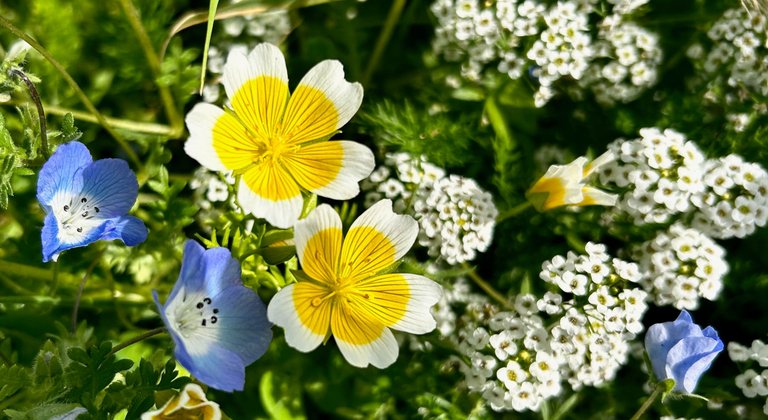
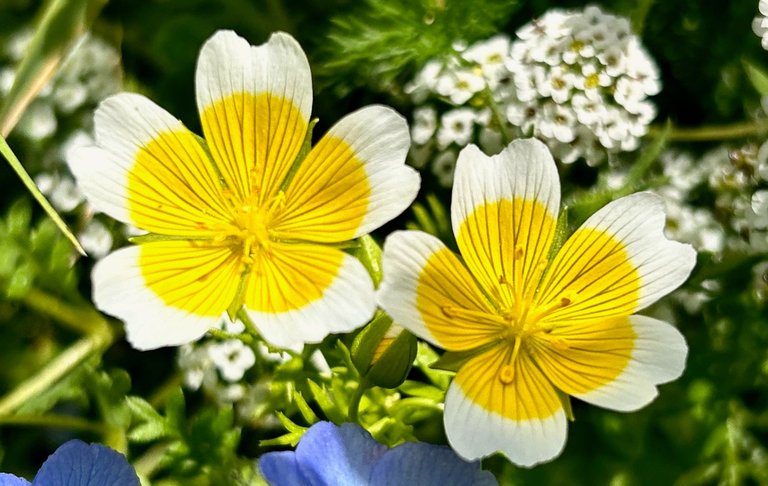
This past school year, we studied the pre-Columbus civilization of Meso-America: Mayan, Aztec, and Incan.
History is one of those subjects. that Minime quite enjoys and me too. He already has a touch of the travel bug, and history takes you on a trip, not just to other countries but through time too.
We ended the unit with a short essay on the Machu Picchu and its significance to the Incan people, focusing mainly on its architecture and astronomical import. What follows is from our studies and was a joint project with Minime.
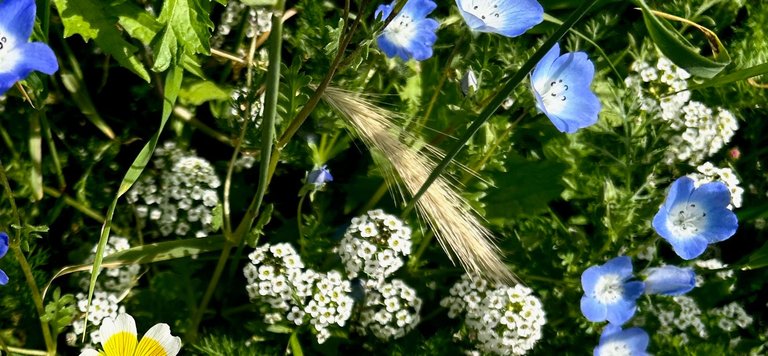
.
The Royal Ruins of South America, Machu Picchu
High up in the Peruvian Andes Mountains sits the ruins of a royal estate. In the fifteenth century C.E., Machu Picchu was built for the Incan Emperor Pachacuti. Machu Picchu had a pleasant climate, and residents could see several sacred mountain peaks. The Incan architects maximized land and water use, built to reduce earthquake damage, and built to explore the sky at the historical site of Machu Picchu.
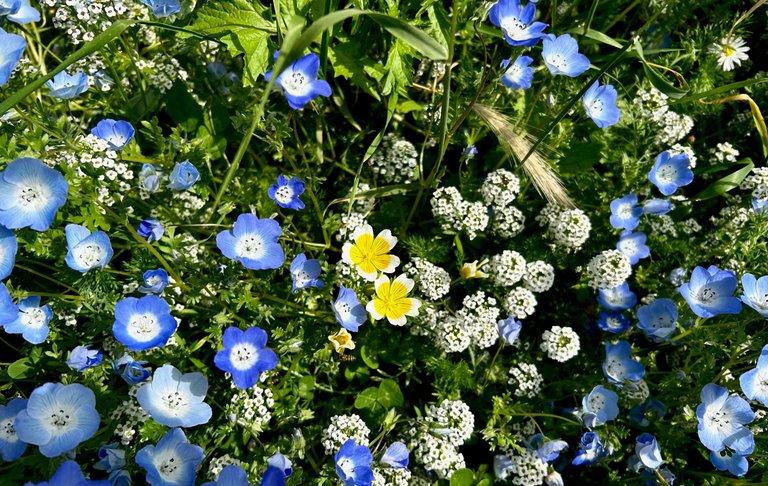
The Incan managed the land and water at Machu Picchu. They built terraces on the steep sides of the mountains. Terraces created steps that increased arable land for farming and decreased soil erosion. For water management, the Incan’s built a system of stone channels and fountains that used rainfall and a local mountain spring. Their terraces and water management allowed them to live high in the Andes mountains.
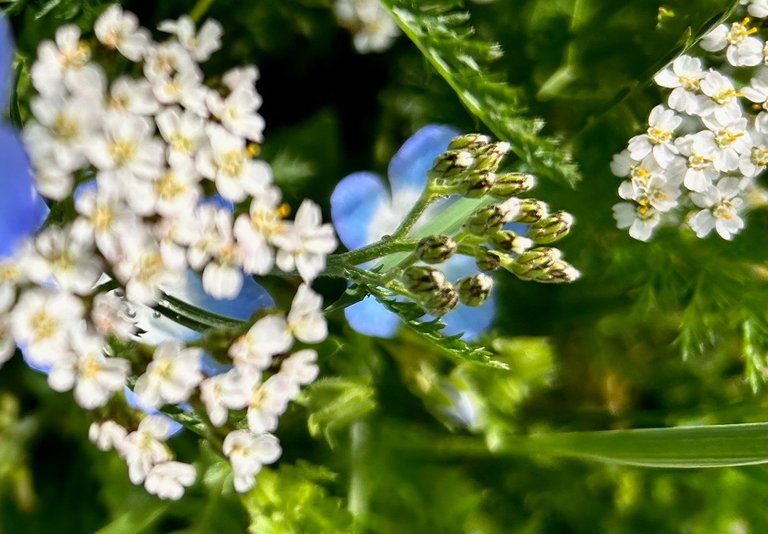
The architects of Machu Picchu built to reduce damage from earthquakes. Machu Picchu was built on two fault lines, and so there was a high chance of seismic activity. The Incans at Machu Picchu built without mortar. They used different sized stones and shaped them to fit together. This kind of masonry allowed the stones to move and bounce together during an earthquake. This technique is called earthquake dampening movement, and it limits damage caused from an earthquake.

Machu Picchu included a sacred observatory. The Incan king, Pachacuti claimed a divine right to rule and to be related to the sun god, Inti. The king took part in religious ceremonies, and so the observatory, so-called the Temple of the Sun, was constructed next to the king’s residence. The observatory showed that Incan religion included astronomical observations and cosmological thought.
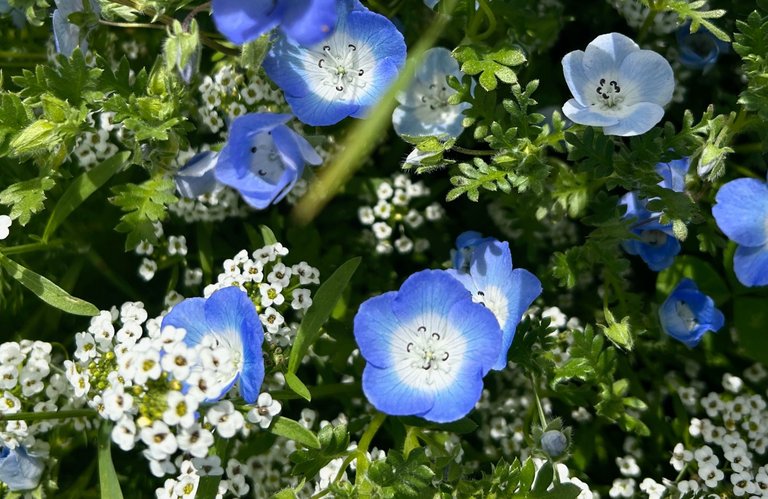
Machu Picchu demonstrates the developed nature of the Incan religion and astronomy, agriculture, and architecture. However just a hundred years later, it was abandoned with the arrival of the Spanish conquistador, Pizarro. The Incans and their culture were decimated by colonization and disease. Machu Picchu was forgotten and fell to ruins.
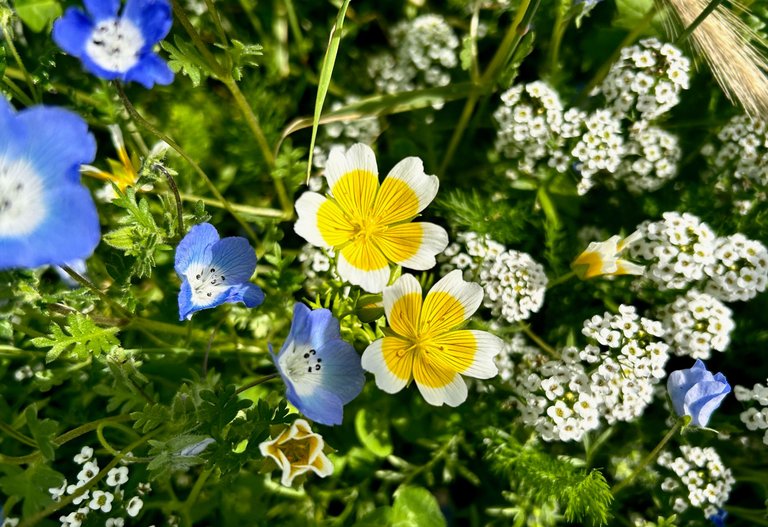

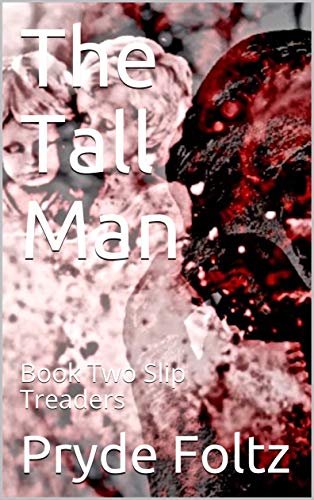
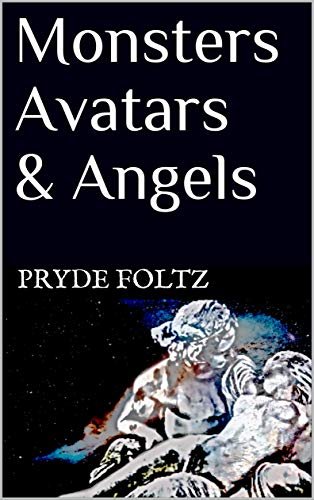
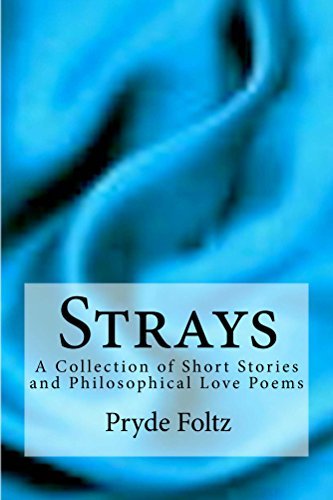
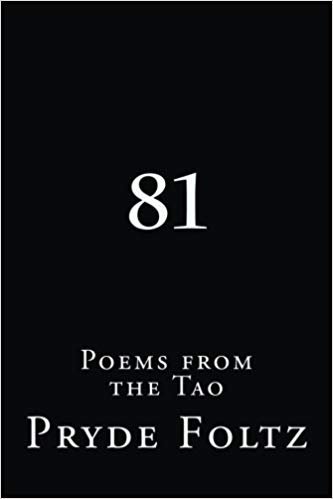
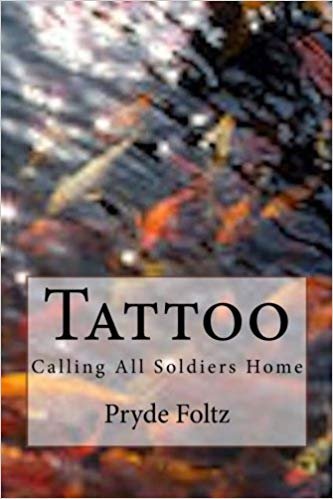
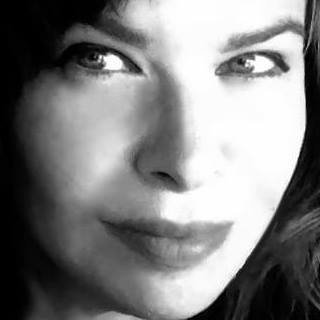
Always such beautiful display of flowers.
Thank you:)
The results of the flower display are beautiful and quite interesting and I like the appearance of the flowers.
I need to re-watch the Nightmare Before Christmas. It's been awhile.
I traveled to some of the Mayan ruins in Belize. It was fascinating.
Oh Wow. I would love to see some mesoamerica ruins. Never been farther south than the Caribbean.
Hope you can travel with Minnie someday. I took my kids when they were in highschool and it has given us a lifetimes worth of memories.
He would love that:)